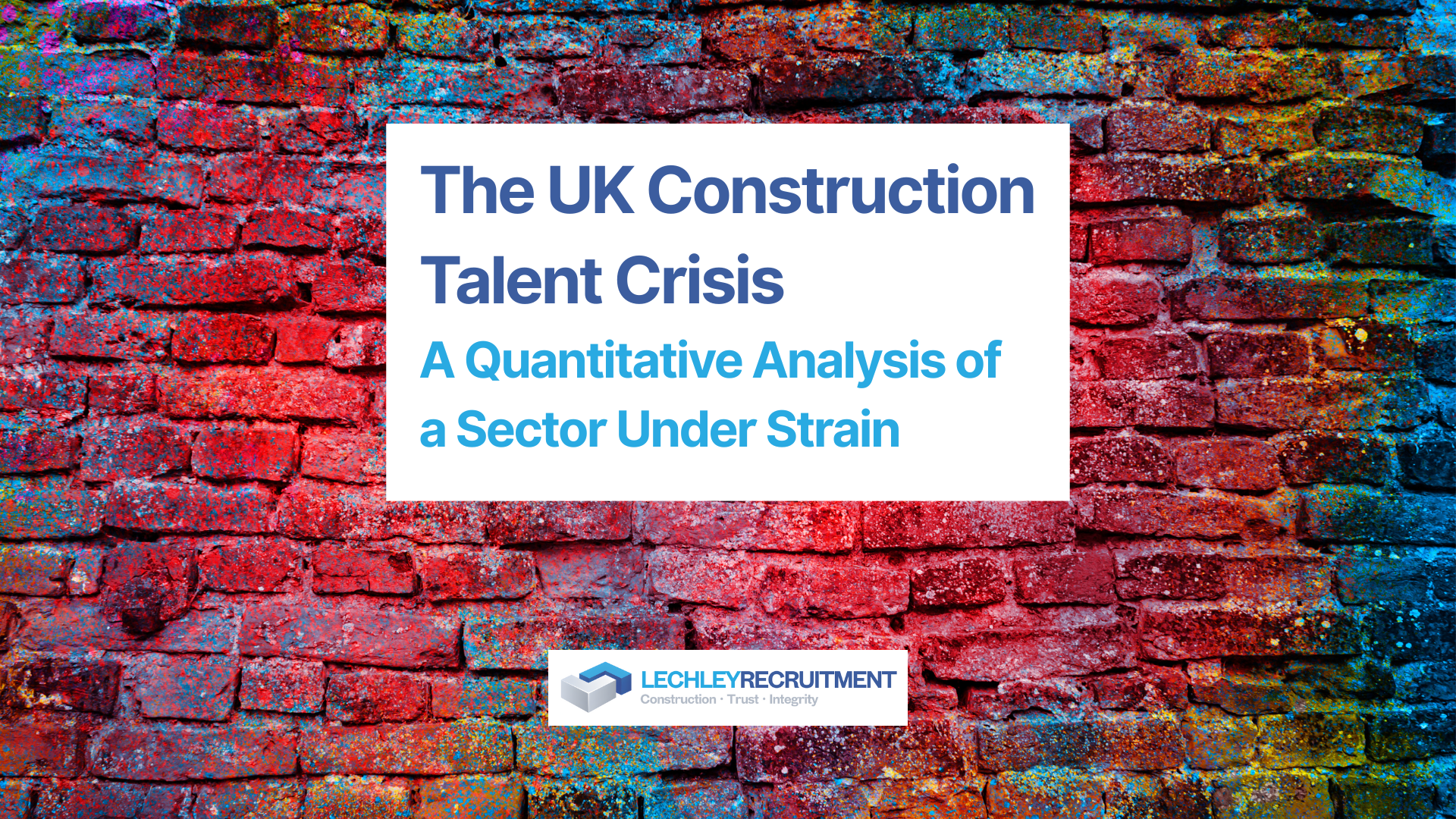Entering the Construction Industry from a Completely Different Sector: Navigating a Dynamic and Exciting Career Path
Introduction
Transitioning into the construction industry from a completely different sector can be both exhilarating and challenging. The construction sector, known for its dynamic nature, offers many professional growth and development opportunities. As someone who has extensively worked as a quantity surveyor for a tier-one UK contractor and is now a headhunter within construction, I have observed this industry’s unique aspects firsthand. In this post, I will share insights on what to expect, offer career advice, and provide tips to enhance your chances of success in this vibrant field.
Understanding the Construction Landscape
The construction industry is multifaceted, involving various roles, from on-site labour to project management. Unlike many industries, construction offers tangible results — buildings, infrastructure, and developments that shape our landscape and communities. It’s an industry where practical skills, problem-solving, and teamwork are highly valued.
Tips for Transitioning into Construction
- Appreciate the Diversity of Roles: Construction isn’t just about physical labour. Roles range from architects, engineers, surveyors, and project managers to health and safety officers. Understanding the breadth of opportunities can help you identify where your current skills could be most valuable.
- Understand the Sector’s Nuances: Each project in construction is unique, with its own set of challenges and requirements. Familiarise yourself with the construction processes and terminology. This knowledge is invaluable, whether you’re on-site or in a managerial role.
- Develop Relevant Skills: Consider upskilling if you’re from a different industry. Courses in project management, construction management, or specific trades can be extremely beneficial. Also, soft skills like communication, leadership, and problem-solving are crucial in this sector.
- Networking is Key: The construction industry is as much about who you know as what you know. Attend industry events, join professional bodies like the Chartered Institute of Building (CIOB), and connect with professionals on platforms like LinkedIn.
- Be Prepared for a Dynamic Environment: Construction sites are fast-paced and unpredictable. Flexibility and adaptability are crucial traits. Embrace the ever-changing nature of the industry.
- Health and Safety is Paramount: Construction can be hazardous. Understanding and adhering to health and safety regulations is not just a legal requirement but a moral obligation.
Career Progression and Development
- Set Clear Career Goals: Determine what success looks like for you. Whether becoming a site manager or a construction director, having clear goals can guide your career choices.
- Seek Mentorship and Guidance: Learning from experienced professionals can accelerate your career development. A mentor can provide invaluable advice, support, and networking opportunities.
- Continuous Learning: The construction industry constantly evolves with new technologies and methodologies. Stay updated with the latest trends and developments.
- Take on Challenges: Don’t shy away from challenging projects. These experiences are invaluable for growth and demonstrate your capability to handle responsibilities.
- Document Your Achievements: Record your projects and accomplishments. This portfolio is a powerful tool for career advancement and job interviews.
- Emphasise Teamwork: Success in construction often hinges on teamwork. Collaborate effectively with colleagues and stakeholders.
Conclusion
Transitioning to the construction industry from a different sector is a journey filled with learning and growth opportunities. Embrace the diversity of roles, understand the nuances, and continuously develop your skills. Remember, your unique perspective and experience from a different sector can be a significant asset. You can build a rewarding career in this vibrant and essential industry with the right approach and mindset.
Final Thoughts
The construction industry not only shapes our physical world but also offers a career path full of diversity, challenges, and rewards. As you embark on this new journey, remember that adaptability, continuous learning, and networking are your keys to success. Welcome to the exciting world of construction!
Your Guide to Navigating the Construction Industry
Finally, if you or someone you know is considering transitioning into the construction industry and would like to delve deeper into its complexities and opportunities, I am happy to offer my time and insights. Drawing from my extensive experience as a Quantity Surveyor and a headhunter within the construction sector, I can provide a detailed perspective on various roles, the industry’s nature, and effective career advancement strategies. This offer extends not just to those directly interested but also to friends and acquaintances who are contemplating such a change. Feel free to reach out for a conversation where we can explore the potential pathways and answer any questions you may have about this dynamic and fulfilling industry. Let’s connect and take the first step towards your exciting new career in construction!





